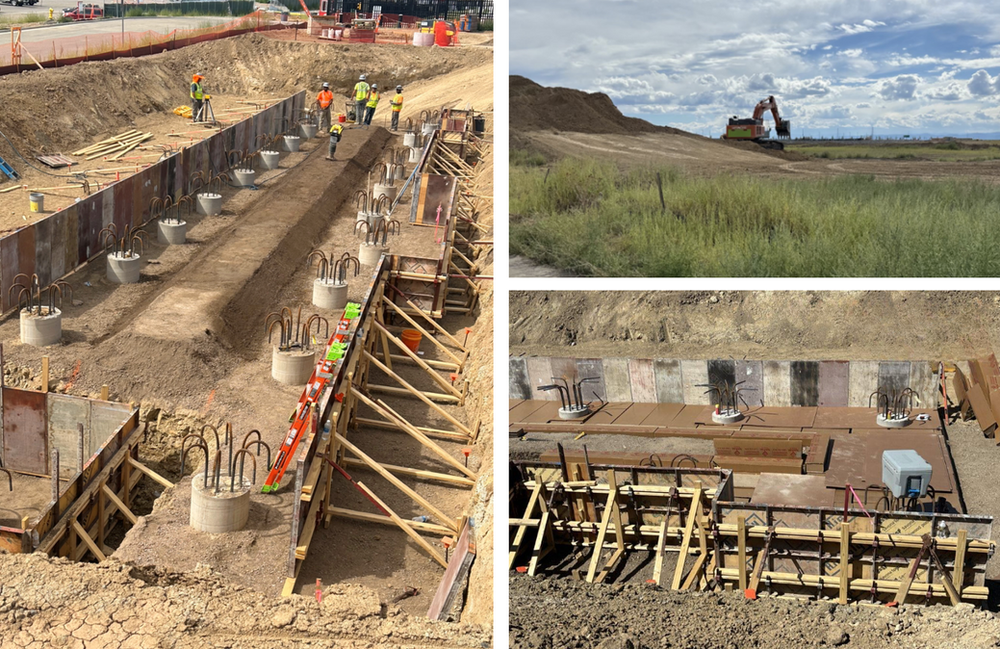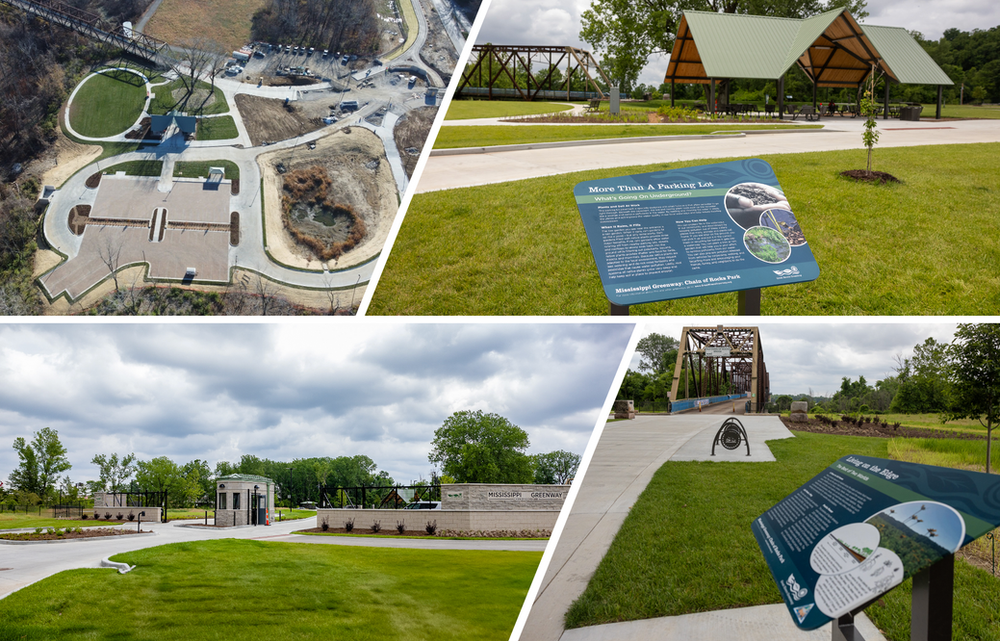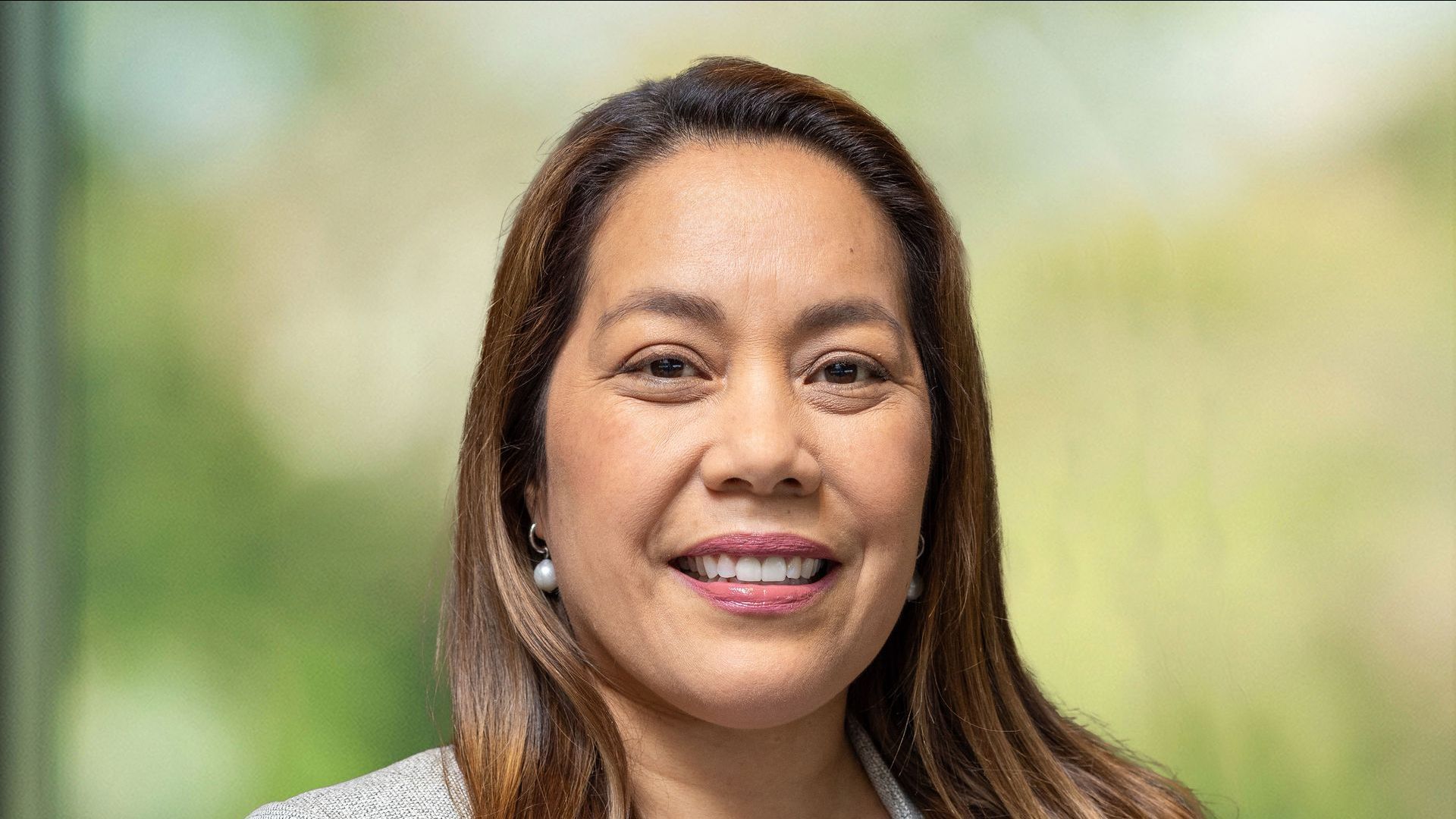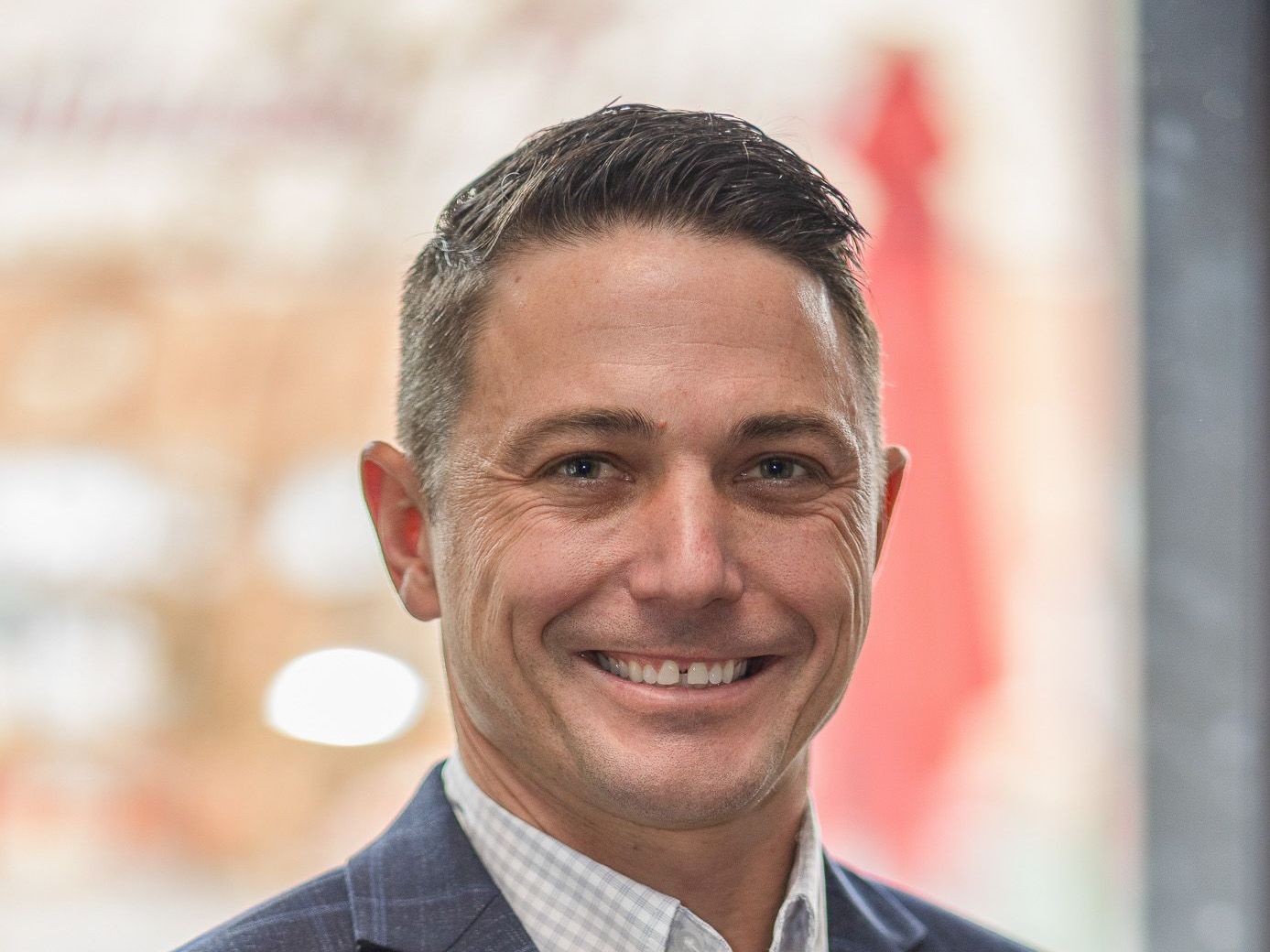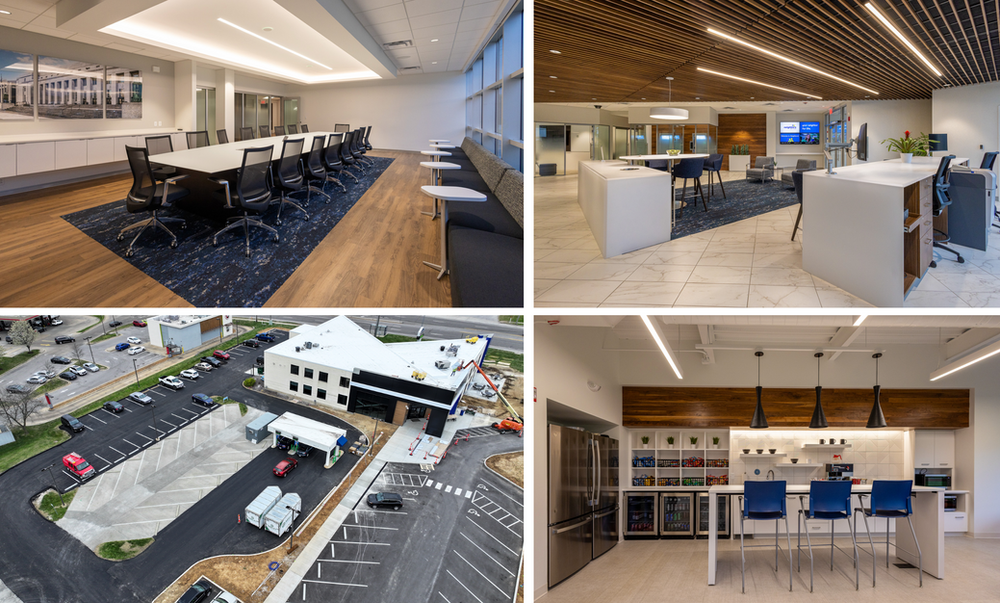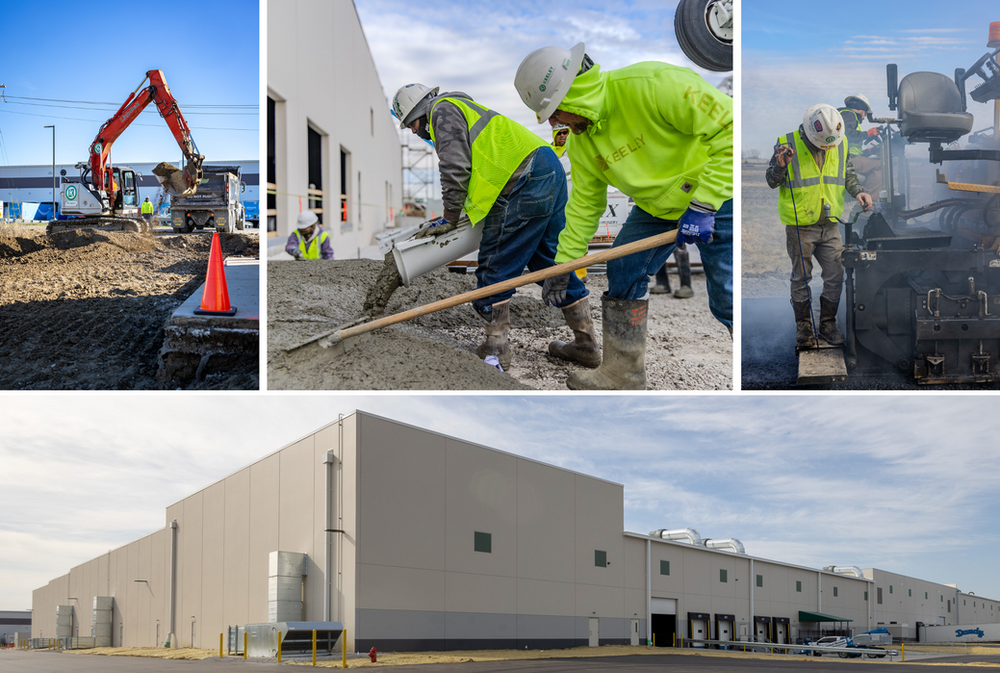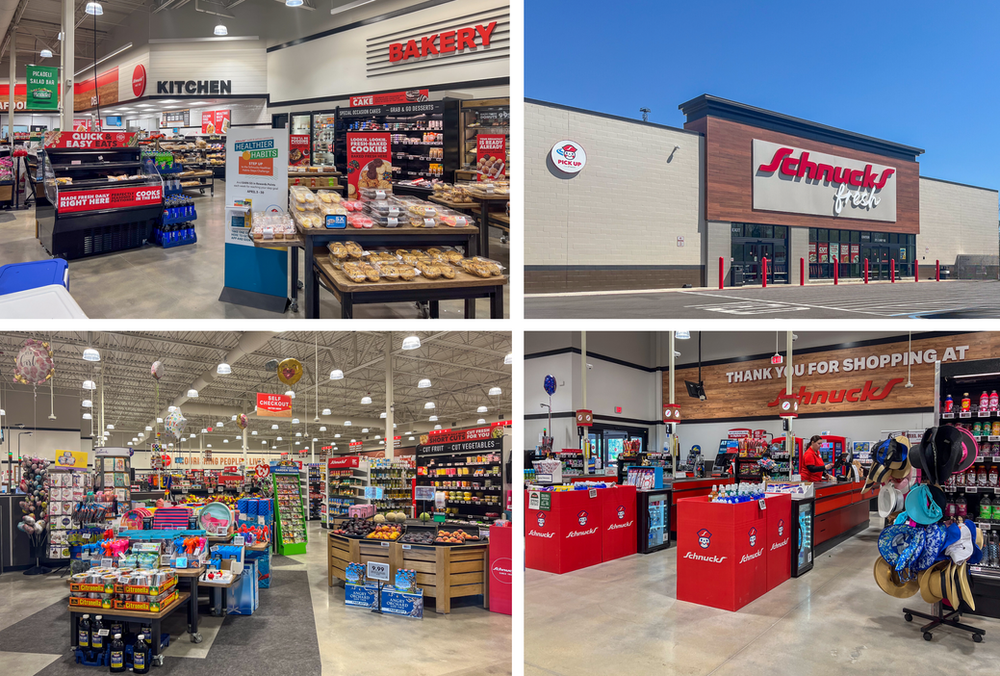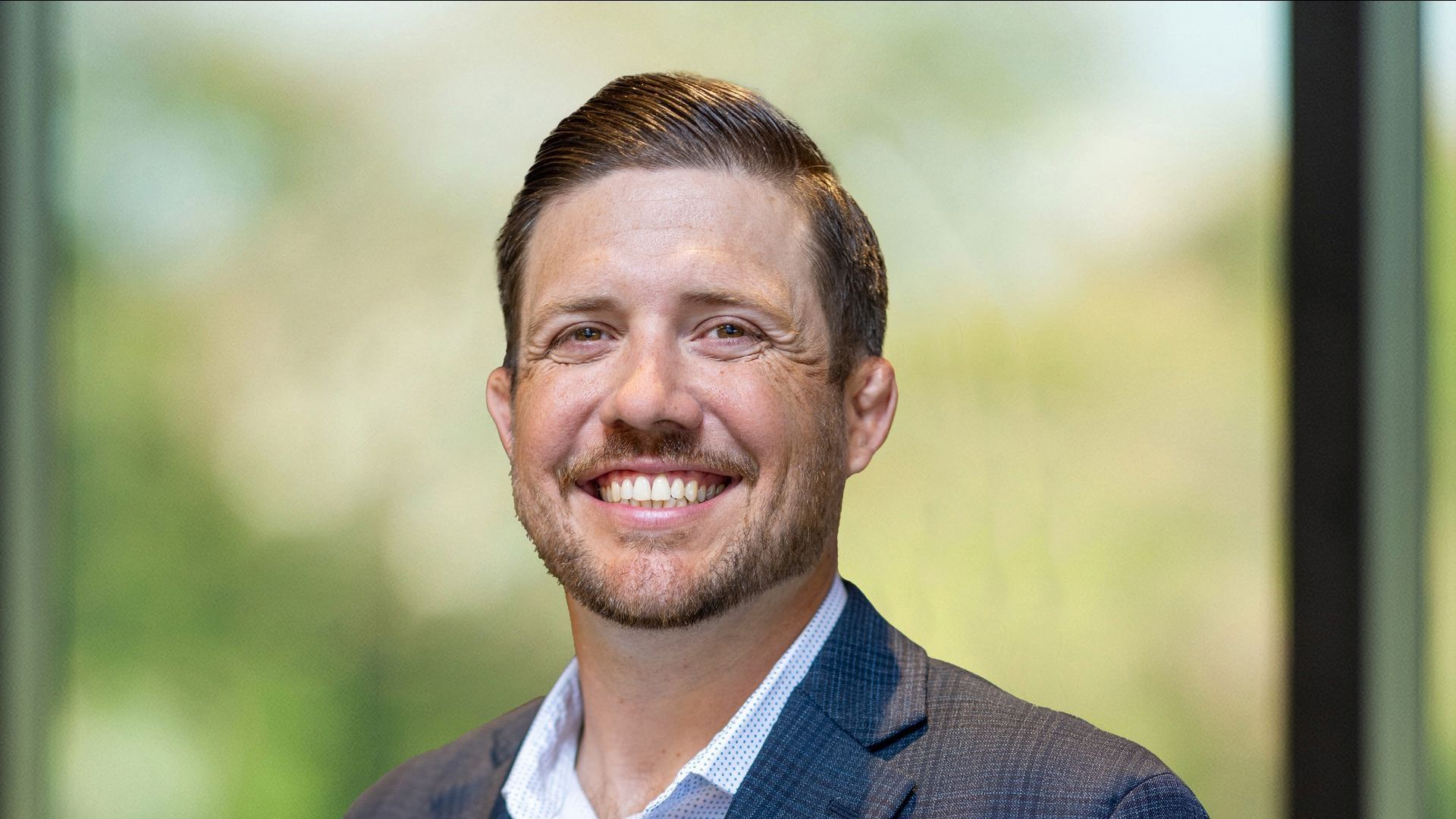Trending Topics: What We Are Talking About in 2022
By: Derek Maschek
Last year saw a lot of reflection upon what had happened over the last two years, from the pandemic to market tumult, and how it may permanently impact strategic plans and our industry as a whole. We’d like to share with you the questions and concerns we’ve been discussing the most and what our team fully expects to remain dominant in 2022.
First, as you begin reading this, you may think our perspective is biased and self-serving, because surely a plan-design-builder has an incentive to recommend construction. Yes, we want to build. Yes, we are indeed experts in assessing, analyzing, locating, right-sizing, designing, and building. However, we want you to be successful just as much as we want a project.
To Branch or Not to Branch?
The short answer is yes. Research from numerous sources - confirmed yet again by a recent Novantas survey – consistently affirms that while Americans are comfortable using digital channels for handling their most transactional banking needs, they still prefer an in-person visit for anything more consultative like handling a problem, asking a question, or starting something new. Additionally, those surveyed still prefer the presence of a branch that could be visited if the need arose, especially when choosing a new institution, offering that it makes the institution feel more real or “legitimate”. We’ve consistently witnessed that a freestanding building does indeed reflect an organization’s tangible commitment to a community. A leased space in a strip mall feels more tentative than a freestanding branch building.
Importantly however, other responses within the survey suggest most financial institutions still suffer from an inadequate or even painful digital experience, which arguably perpetuates the need for a physical branch to fill this service gap. Digital services have never been more important to get right and deserve proper investment. All of this means the dollars you’re dedicating to your future are being pulled two directions, making informed decisions and decisive actions more important than ever.
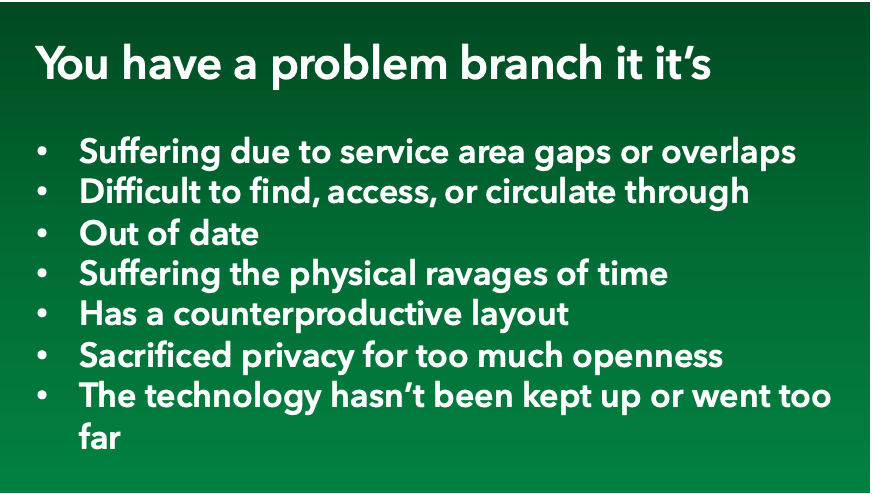
Should a Branch Stay or Should it Go?
This isn’t a new conversation, but it persists and remains critical to answer well. Assess your existing network objectively to see if your branches are helping or hurting your strategy. If it’s helping you, then no problem! However, it might be great to understand why in order to replicate or improve upon the success. If it’s hurting you, then it’s a serious problem and work needs to be done, a decision needs to be made, and action needs to be taken. Doing something smart may hurt a little but it’ll set you up for long term success. Get the most bang for your buck with a 3rd party, impartial study?
How can you understand the underlying problem with your branch and what action needs to be taken to remedy it?
Bad Location?
Perhaps two or more branches have overlapping service areas. Changes to growth and traffic in the area may have undermined what was a great choice twenty years ago. You may have acquired another institution causing the conflict. Of course, you need to consider your future strategy - whom you want to pursue - as the changes that put you in this situation are still evolving. A Planning Study would use data to confirm the suspected problem and provide solid recommendations regarding which branch should get renewed attention and which needs to be let go, or relocated.
Superficially Dated?
Time does a number on buildings, no matter how much we aim for “maintenance free” or “timeless design.” Stylistic preferences change and materials wear and fade. The look of your building says a lot about you whether you like it or not. Much like how you dress, a poor appearance can send a message of apathy or neglect. It can affect the morale of the current staff or discourage a member from engaging with you or a prospective team member from joining your organization. There are times that a style of a building can be old enough or well executed enough that it becomes modern and stylish again, requiring limited but well-considered attention. Interior and exterior renovations to address aesthetic problems can be involved depending on the level of the challenge and what other issues may need concurrent attention. Some seemingly aesthetic issues hint at deeper problems that need addressing such as that water-stained ceiling tile. Beware of quick and cheap fixes that avoid addressing underlying issues for the sake of a visual upgrade, as they can set you up for future problems.

A Deeper Kind of Dated?
Sometimes, all we need to hear is that when a building was constructed, there are going to be problems of a particular nature and caliber. These problems often have visible signs such as odd staining, leaking, corrosion, or other forms of decay. Many buildings constructed during the 60s, 70s, and even the 80s suffer the long-term consequences caused by the obsolescence of their “new” materials and systems resulting from changes in construction and building codes, and rising energy costs. The design and construction industry learned a lot from those mistakes, but many building owners are seeing the undeniable consequences only now. Sadly, even a well-constructed building, if poorly maintained, can end up with serious problems given enough time. The solution with this sort of dated is to do a proper professional investigation well before deciding on a specific course of action. This will involve some selective exploratory demolition, but it’ll save you from throwing away good money by allowing you to make a well-informed decision.
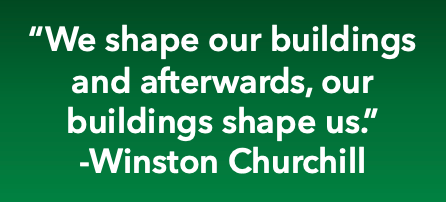
Is Your Site or Floor Plan What Vexes You?
Sometimes this is painfully obvious, but the way a branch operates and flows for both team and member has changed significantly even in just the last ten years. The way your site is laid out may be causing you problems at your drive-throughs or your vehicular traffic flow could be causing cars and people to be interacting dangerously. Similarly, a counterproductive floor plan can hamper the quality of your team’s productivity or compromise your well-conceived member service methodology. Physical branches are a tool that need to be support our desired efforts, not inhibit them. Particularly given that most older branches tend to be larger than modern ones, there are fantastic opportunities to reconfigure interior layouts to better conform to your service goals. As a bonus, you may gain additional functions like a service center, a community room, or needed administrative space. Minimize disruption during construction and use your budget most effectively by coordinating your new design with phasing and core infrastructure.
ATMs, ITMs, VTMs, RTMs, Pneumatic Tubes, Deal Drawers, Undercounter Steel, and Recyclers? What is the Right Choice?
We’ve been hearing more questions than usual regarding the appropriateness of certain types of equipment. New for its own sake or for keeping up with the Joneses is not a sound approach because it doesn’t address where your specific place in the arc of change is. Change is inevitable but engaging with impressive technology before the time is right for you can be disastrous. Your current members are your foundation and while they can be pushed towards progress, they can only be pushed so far and so fast. Meanwhile, your future members demand a credit union partner that is at least keeping up with them. This is a people business, and most credit unions serve a divided group of members, one being quick to embrace everything new and one that is rather resistant to it, although frankly most are in the middle. There are ways to address each group’s inclinations while planning for the technological eventualities. We routinely design for technological changes, such as pneumatic systems at drive-ups planned for future ITMs, and teller pods designed to feel very much like a traditional teller line complete with both undercounter steel and cash recyclers.
We said yes to the renovation or new build. Now what?
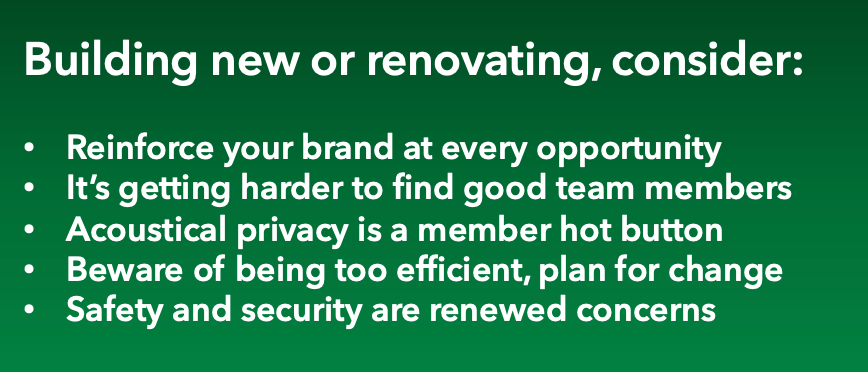
How Do We Bring Consistency to the Experience When Every Branch is Different?
Whether our clients are building new or renovating, acquisitions and expansions have resulted in a wide stylistic variety in their network, causing confusion and concern about what direction comes next. First, understand your brand – your mission and vision, the desired feel and spirit you strive to convey for team and members, and of course, the graphics and language you use to express and reinforce it all. Consistency of experience instills trust and strengthens your brand, but it’s more complicated than superficial duplication. Anchored in foundational concepts, strategic variations on core themes are exciting and engaging. Profile your logo and key messages, and stick to your shapes and colors, but introduce complementary variations. Every space and every element within that space is an opportunity to reinforce your brand’s story, deeper meaning and value. Think of Starbucks and how no matter where you go in the world, the feel – the experience – is the same inside and out, although the specifics vary considerably resulting in the common act of getting a cup of coffee kind of exciting while remaining familiar.
How Open is Too Open?
The subject of acoustical privacy in branches - and offices - has been a growing topic over the past year. It seems that branches have been squeezed too small and service areas opened up too much for many a member’s comfort; a 21st century trend in efficiency that was already wavering before 2020. Maybe this is a side effect of having been away from people more than usual over the past couple years, or perhaps it’s due to the personal financial challenges that resulted from all the disruption leading to hypersensitivity. Members want to feel like people aren’t overhearing their conversations and looking over their shoulders at their information. Whether the request is for more separation between the halves of a two-teller pod or more closure around open member service representative positions, we’ve renewed discussions about how much separation and privacy is enough. How much of the need is real versus psychological? Thankfully we have more options than ever to discuss, whether it’s engineered sound-masking, acoustically sealed sliding glass doors, or acoustical ceiling panels that are both visually attractive and high acoustical performers.
How Small is Too Small? The Quest for Maximum Efficiency is Inadequate. Think Effective and Consider Time.
Efficiency sounds great but it is limited by current conditions. Change is hard to plan for, but it can be anticipated to some degree. We’re reworking drive-up islands that had been designed efficiently for pneumatic tube systems but are now too small to handle ITMs. The adaptation typically results in the loss of a lane or expensive structural modifications. Was the original efficient? Yes. Was it effective at serving members in vehicles over time? Debatable. It is a true that branch design, services, and technology will always continue to evolve, and the speed of that change will likely accelerate. How long before cash is as special as a cashier’s check? To be truly effective with our dollars we must consider time, change, and adaptability.

Growing but Struggling to Find and Keep the Right People?
This may be a temporary inconvenience, or it could be a long-term trend. Regardless, finding new team members is a real challenge and since every growth decision equates to a hiring need, finding qualified staff is essential. On the surface, this doesn’t sound like a conversation for our involvement, but there are three ways in which we can help. First, a relatively easy answer is to seek efficiencies in the floor plan to limit the number of staff required for operating a branch. If you haven’t moved to the universal teller concept, now is the time. If your drive-up isn’t efficiently proximate to your lobby tellers, make that change. Next is to take more care in the design of a space so that is enjoyable and healthy to spend an hour or eight in. Install materials that don’t off-gas VOCs (volatile organic compounds), provide natural light and views of nature, provide color-tuned lighting that adjusts over the day just like outdoor light does, and specify mechanical systems that filter more contaminants and provide fresh air intake. There are tons of strategies to consider, described fully in the well-researched concepts of the US Green Building Council’s LEED (Leadership in Energy and Environmental Design) Program or the Well Building Standard . Lastly, our industry has concentrated a lot of thought, research, and effort on creating a great experience for visiting members, but what about the team’s? A challenging but highly impactful strategy is to clarify, grow, and express your great working culture. A quality work experience will help attract and retain team members who are increasingly seeing work as a quality-of-life choice. While this takes time, commitment, and effort, it pays real and tangible dividends over the life of your organization.
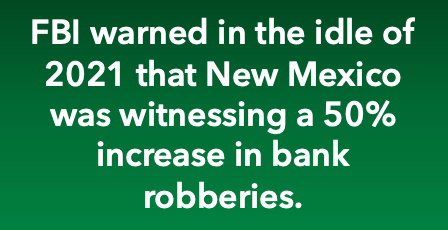
Are Attempted Bank Robberies Increasing in Frequency or Is it Just Me?
This topic has reared its head in the last few months, and we suspect it will get new scrutiny as locations across the country saw dramatic increases in robberies. Will this trend reverse after the COVID-19 pandemic? Will we see the need for masks every “flu season” for years to come creating a seasonal temptation? Has the psychological damage to the team become permanent? A traditional teller line with bullet-resistant glass is certainly one answer, but the negative impact on a branch as a service center would be an unfortunate reversal of years of evolution. There are other solutions available such as highly visible security cameras, biometric scanners that allow access, or smart phone RFID to dissuade the would-be robbers through expressed identification. Some will see these actions as an invasion of privacy, especially at first. How far you go needs to be carefully weighed against the risks of doing anything and the risks of doing nothing.
We would conclude that both physical and digital experiences remain important for you to develop, as you work towards the same goal of creating a great service experience that will grow your credit union. If your business is built on people in any manner – quality staff, collaboration, personal relationships, that “personal touch” – then it’s a safe bet that physical branches are still critical to your strategy. In the end, this is all about people helping people and nothing beats direct interaction. Your available dollars are limited, so do your research, find great partners, make evidence-based decisions, and take appropriate action.



